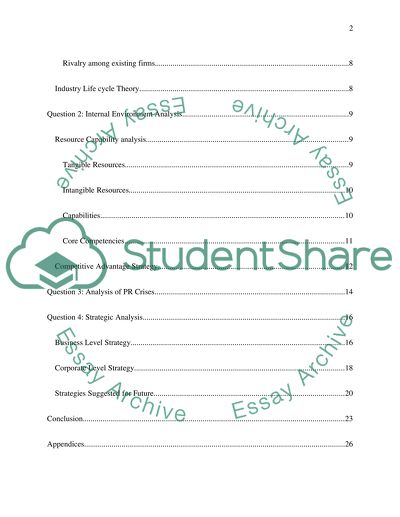Cite this document
(“Case study on Zara Essay Example | Topics and Well Written Essays - 4500 words”, n.d.)
Retrieved from https://studentshare.org/marketing/1475337-case-study-on-zara
Retrieved from https://studentshare.org/marketing/1475337-case-study-on-zara
(Case Study on Zara Essay Example | Topics and Well Written Essays - 4500 Words)
https://studentshare.org/marketing/1475337-case-study-on-zara.
https://studentshare.org/marketing/1475337-case-study-on-zara.
“Case Study on Zara Essay Example | Topics and Well Written Essays - 4500 Words”, n.d. https://studentshare.org/marketing/1475337-case-study-on-zara.


